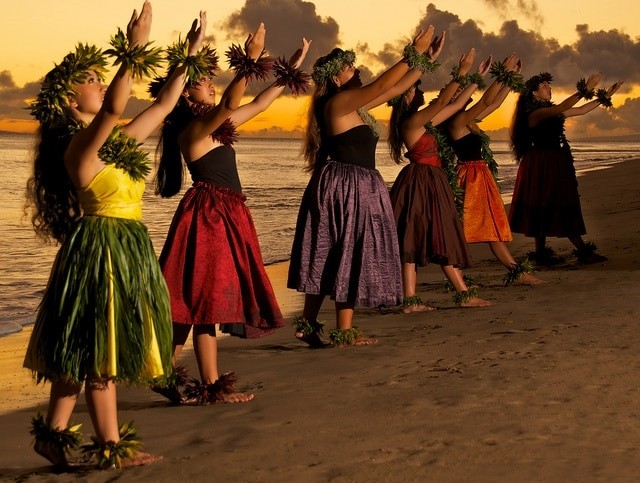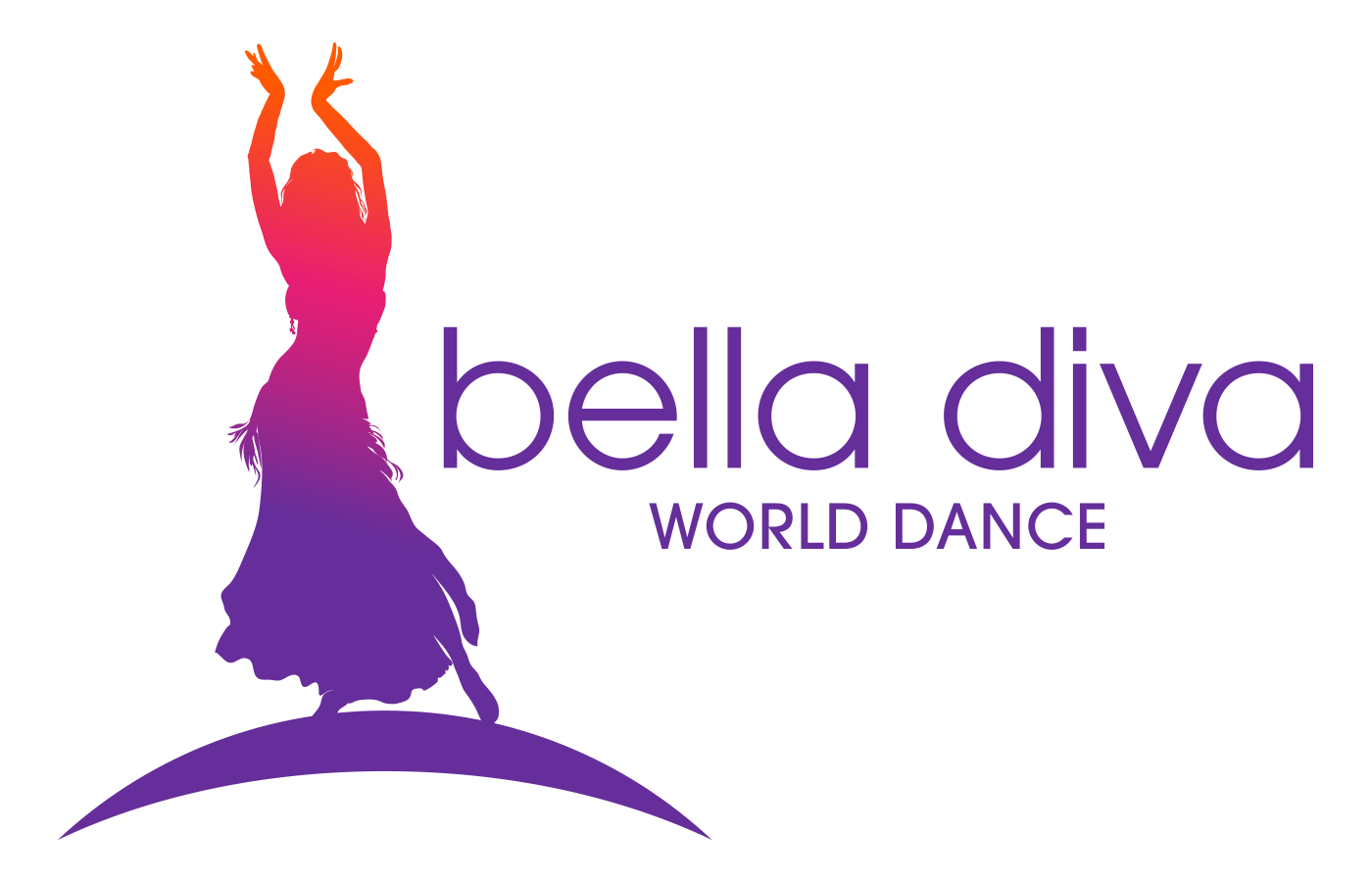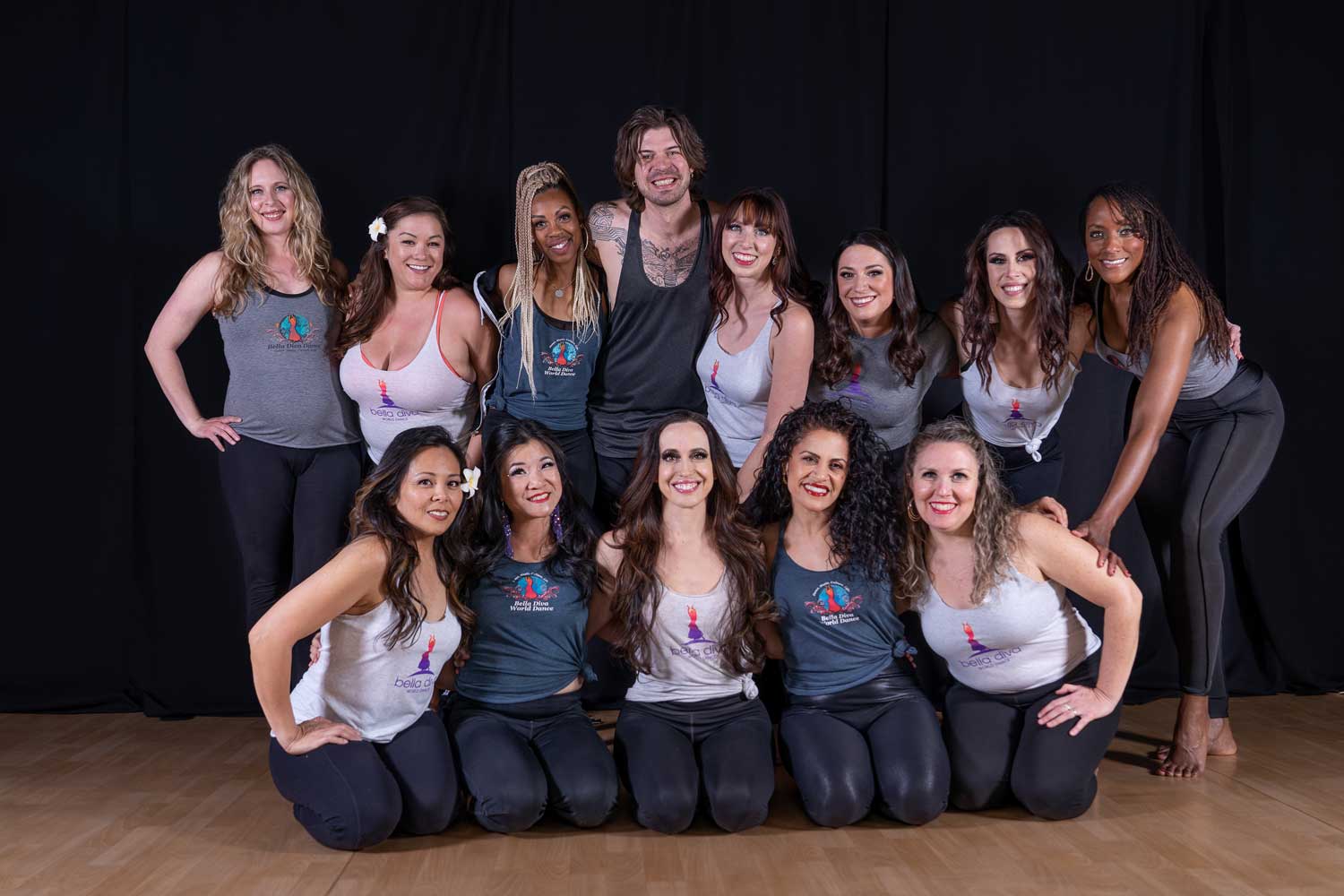
Join Our New Hula Dance Class
Starting Sunday October 6th at 3:00 PM, Bella Diva will be adding a traditional Hula dance class to the schedule, taught by newly hired Teaching Associate, Lei Viela-Crandall.
 More than just a dance, more than just a way of life… Hula is life itself!
More than just a dance, more than just a way of life… Hula is life itself!
Today, this unique art form, deeply rooted in culture, has become a worldwide symbol of Hawaiian culture, and one that you can now experience every week at Bella Diva!
Class Schedule:
Sundays 3:00-4:00 PM, starting Sunday October 6th.
What Is Hula Auana?
Hula Auana is the modern style of hula, usually coming from a school of hula that has a genealogy, but with new choreography and music. Influenced by contemporary times but with old knowledge, this style of hula is accompanied by modern instruments such as the ukulele, guitar, steel guitar, bass or piano.
From our traditional Hula ‘Auana Class students will learn:
- ʻAuana choreography, melodic, flowing accompanied by beautiful “mele” music.
- Intricate footwork & delicate hands; mastering inuendo and subtlety.
- The art of storytelling, connection to the music, celebrating history and stories of the Hawaiian people.
- Graceful motions from head-to-toe; legs, arms & core engaged throughout.
- A group experience meant to release tension and to connect with music and others in happiness while showcasing the light within.
 About Lei’s Background
About Lei’s Background
- Raised on Oʻahu’s eastside, graduated from Kamehameha Kapālama schools.
- Danced for Maelia Lobenstein-Carter of (hālau) “Ka Pā Hula O Kauanoe O Waʻahila”.
- Competed in the Merrie Monarch Festival (2006 & 2007).
- Danced hula beginning at age 5, mother danced for the same hālau growing up
- Years of experience in traditional hula (kahiko) and modern hula (ʻauana)
- Performed on cruise ships and at torch-lighting ceremonies in Waikiki
History of Hula in Hawaii
In ancient Hawaii, a time when a written language did not exist, hula and its chants played an important role in keeping history, genealogy, mythology and culture alive. With each movement – a hand gesture, step of foot, swaying of hips – a story would unfold. Through the hula, the Native Hawaiians were connected with their land and their gods.
Before the arrival of Western missionaries, the hula was danced for protocol and social enjoyment. The songs and chants of the hula preserved Hawaii’s history and culture. Many believe hula was born on the island of Molokai, but other legends tell of hula originating on Kauai. For many years following the arrival of missionaries, hula dance as well as the Hawaiian language and music were suppressed. Hula, specifically, was even outlawed. It wasn’t until King David Kalakaua came to the throne in 1874 that Hawaiian cultural traditions were restored. Public performances of hula flourished and by the early 1900s, the hula started to evolve with modern times.
 Hula Terminology
Hula Terminology
Kahiko: ancient, long ago.
Auana: to wander, drift, go from place to place.
Halau Hula: Hula School
Kumu Hula: Hula Teacher
Hoomakaukau: To prepare, make ready.
Often used by the kumu hula (hula teacher) before the hula performance has begun to signal the halau to get ready.
Ae: yes; to say yes.
The halau’s response to the kumu hula, letting him/her know they are ready to begin.
Pa: a sound; to sound; beat; signal to begin a dance
Haina: the two or more last verses of a song.
You may hear this term used by the halau in the middle of the performance. This means the halau is nearing the end of the song, the end of the story.

